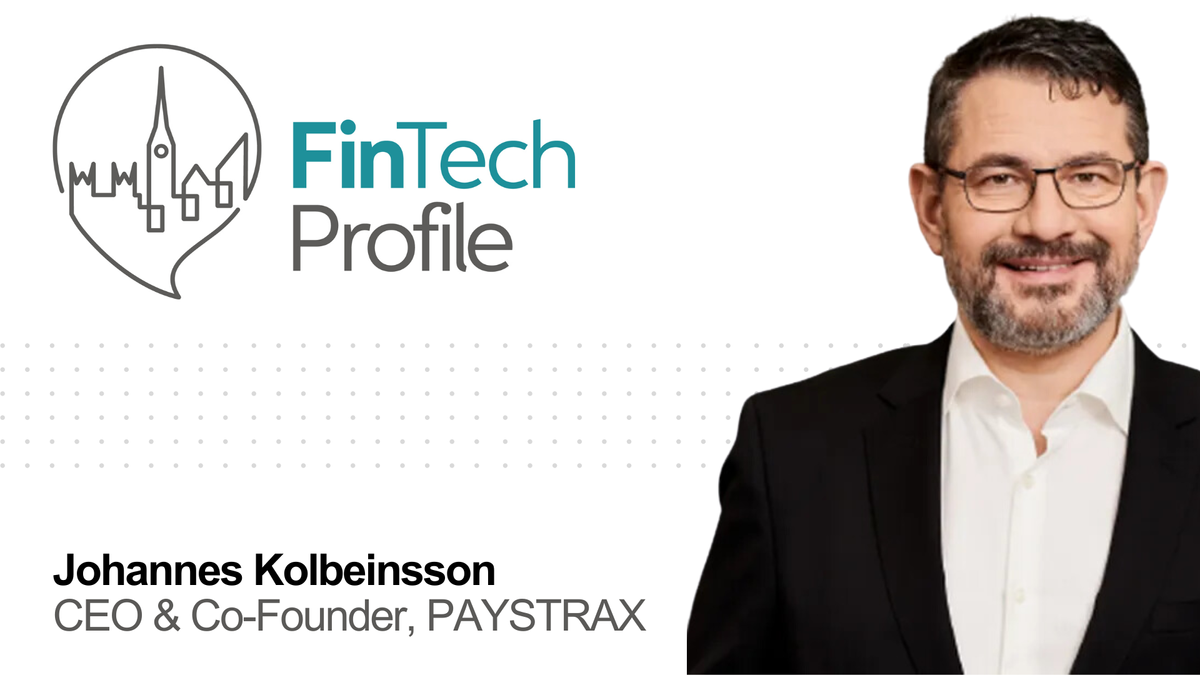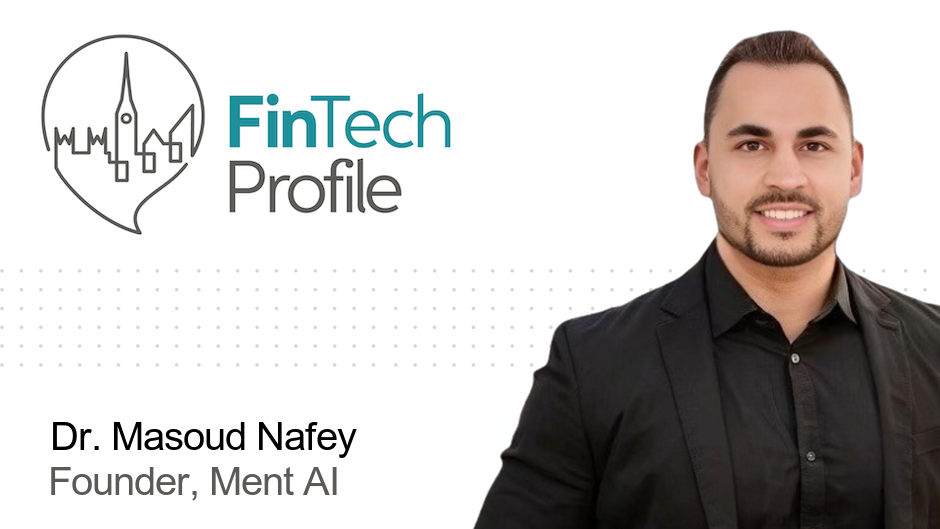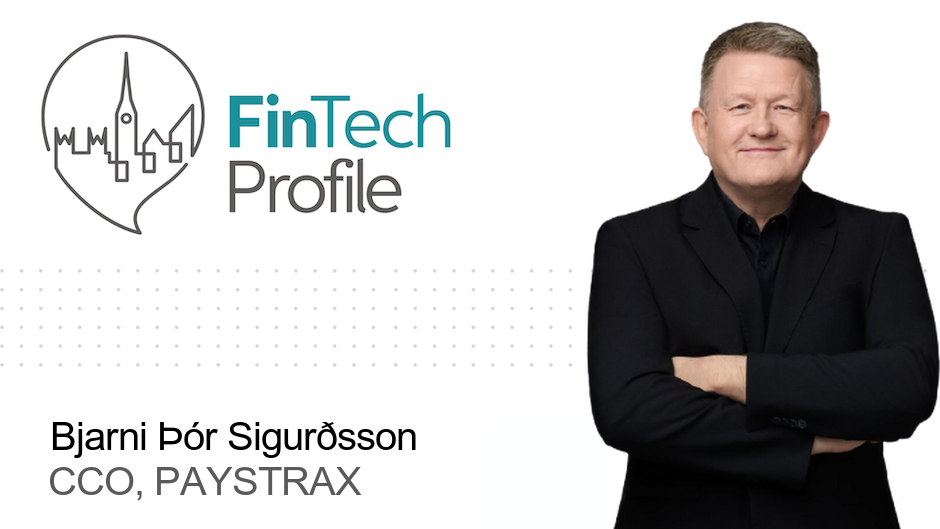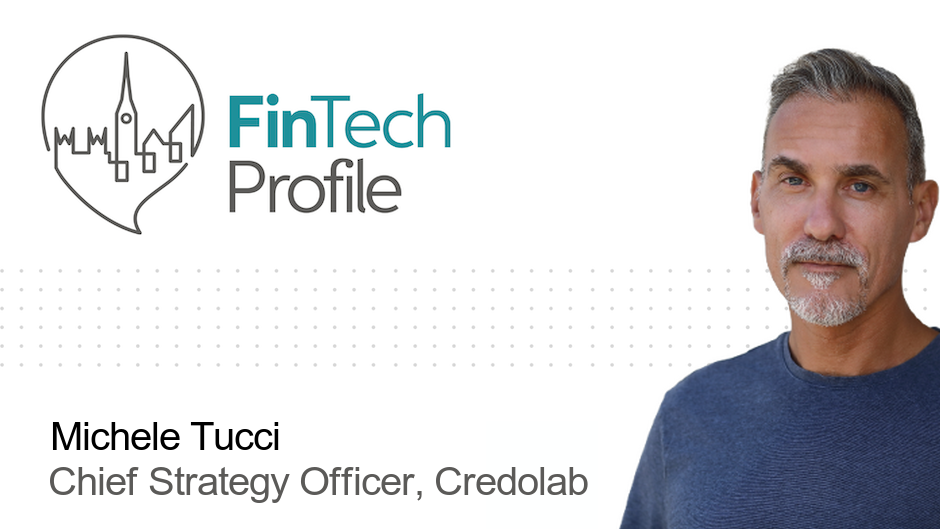Johannes Kolbeinsson, CEO & Co-Founder, PAYSTRAX

Who are you and what’s your background?
My name is Johannes Kolbeinsson and I am the CEO and co-founder of PAYSTRAX, a global fintech company in payment card acquiring. We started life in Lithuania back in 2018 and expanded into the UK in 2023, but I have more than 20 years’ worth of experience working in the fintech and payments industries.
Before PAYSTRAX, I was co-founder and CEO of Icelandic payment card acquirer KORTA PAY (now Rapyd Europe) between 2002 and 2018, where I helped revolutionise the country’s financial transaction market. As part of my work there, I received a management excellence award, the Entrepreneurship of Stjornvisi, from none other than the President of Iceland himself!
What is your job title and what are your general responsibilities?
I am the CEO of PAYSTRAX and all group companies and am responsible for the daily activities and to organise all the operations. My main tasks are to set and execute the organisational strategy and to work towards the strategic objectives of the company. I am responsible to build and lead the executive team and to allocate resources in order to succeed. I am the face of the company, responsible for all communications on behalf of the company. Then of course the financial results of the company is my responsibility.
Can you give us an overview of your business?
PAYSTRAX is a FinTech company that provides card payment solutions to European and UK merchants. We consider our role as pivotal in the cards payments value chain. Our online payment solutions cater to businesses in the digital space, ensuring a comprehensive approach aligned with the demands of the modern economy. We’re building a customer portfolio encompassing e-commerce and POS terminal merchants that allows us to effectively serve a varied clientele, positioning us as a dynamic player across the European and UK payment landscape.
Our services include traditional VISA and MasterCard payments, but we now also seamlessly integrate Google Pay, Apple Pay, and American Express. This is in line with our commitment to capitalise on dynamic partnerships with major e-commerce channels and ensure our services remain at the forefront of changing consumer preferences.
We’re headquartered in Vilnius but we also operate from offices in Klaipeda, Reykjavik, and Brighton in the UK, which help further our global expansion plans.
Tell us how you are funded?
Make money first, then spend money
I always say I have a slightly different take from most company owners in terms of how I choose to run a business. Rather than the traditional route of series funding and capital injection rounds, I chose to fund and grow PAYSTRAX organically – I call it my ‘make money first, then spend money‘ strategy.
And it’s paid off: PAYSTRAX broke even after just six months after going live and has operated as cashflow positive ever since. Annual gross revenue topped €20m in 2022 and reached €29.6m in 2023, a 47% increase.
It might sound strange, but we also don’t describe ourselves as ‘game-changers’ or ‘cutting-edge innovators’. All we’re looking to do is provide highly efficient technology that can simplify commerce payments for merchants and retailers. Our personal growth is second to keeping customers happy, as we’d be nothing without them.
What’s the origin story? Why did you start the company? To solve what problems?
After having operated a payment card acquirer with all in-house developed solutions for many years, we decided to set up a new payment card acquirer and make use of the financial technology development of recent years.
Having developed all the solutions ourselves, we know exactly what we need and what we don’t need and what works and what doesn’t work. We have therefore built a company with a very focused infrastructure based on different cloud technological solutions.
Our core mission is to offer true value to the payments industry, while also being one of the few organically profitable FinTech companies in Europe.
Through our Visa and Mastercard payment card acquiring and related financial service offerings, we aim to lead the sector in providing high-quality and efficient financial services that will benefit vendors, customers, and stakeholders.
Who are your target customers? What’s your revenue model?
PAYSTRAX strategically targets a diverse market, serving various merchants, including SMEs and specialised businesses across the EEA.
Our online payment solutions cater to businesses in the digital space, ensuring a comprehensive approach aligned with the demands of the modern economy.
Building a customer portfolio encompassing e-commerce and POS terminal merchants allows us to effectively serve a varied clientele, positioning us as a dynamic player in the European and UK payment landscape.
If you had a magic wand, what one thing would you change in the banking and/or FinTech sector?
The banking and FinTech sector have undergone considerable changes after the initial introduction of the PSD and then the PSD2. The main intentions of the PSD was to introduce smaller financial institutions such as Payment and E-money Institutions, in order to provide competition to the banking sector.
For this purpose the requirements for these new institutions were defined as proportionally much lower. Since then, considerable new requirements have been building up, making the PIs and EMIs proportionally more inefficient and more challenging to compete within the banking sector.
Now its time to start to deregulate again and lower the requirements to make them proportional again for these smaller financial institutions, to enable more effective competition in financial services that benefit the consumers.
What is your message for the larger players in the Financial Services marketplace?
Keeping up with technology for innovation, efficiency and maintaining a competitive advantage can be challenging, especially for legacy platform acquirers. If you don’t want to keep investing in your platform, consider selling me your portfolio 🙂
Where do you get your Financial Services/FinTech industry news from?
I follow many sources of news, from The Financial Times to the smaller media and the specific FinTech news providers and associations, as well as the authorities in different countries and regions. LinkedIn, with selected providers and thought leaders, is a good source of information, news and a range of opinions as well.
Can you list 3 people you rate from the FinTech and/or Financial Services sector that we should be following on LinkedIn, and why?
- Linas Beliūnas: Country Manager, Europe, and General Manager, Flutterwave Lithuania
- Marcel van Oost: Founder, Connecting the Dots in FinTech
- Different financial services specialists, such as Dwayne Gefferie, Gary Prince and Grant Halverson.
What FinTech services (and/or apps) do you personally use?
I use ApplePay a lot and love to use it on websites as it’s just so quick and easy to use. I also use Revolut which has brought the card issuing and financial services years ahead of the game compared to legacy bank providers.
I am a firm believer in card scheme payments and much prefer them to any other type of account-to-account or open banking payments, which lack a lot of important ingredients in the payment infrastructure and user experience in my opinion.
What’s the best new FinTech product or service you’ve seen recently?
Wallets for card payments are the biggest revolution so far, and the impact is just in the starting phase.
Being able to use Apple Pay and Google Pay for simplifying payments, both in-store and online, are a real game-changer in terms of user convenience.
Card payment network tokenisation is following closely behind and will make card payments so much easier and more secure going forward.
Finally, let’s talk predictions. What trends do you think are going to define the next few years in the FinTech sector?
The main three for me will be:
Digital Wallets
Digital wallets are set to become the most preferred online payment method during 2024.
They’ve become so popular that one in five people in the UK now says they likely won’t carry a physical wallet within the next five years.
With embedded payments also becoming more and more popular in online retail spending, businesses that haven’t gotten up to speed yet on offering seamless payment options through mobile wallets risk being left behind.
Card payments
This one seems a little old-hat, but the rise of new methods is opening the door for fraudsters to attempt new ways to trick people out of their hard-earned cash online.
One of the highest growing areas of fraud is authorised push payments (APP) – more than 116,000 people in the UK fell victim to APP fraud within the first six months of 2023. I
n 2024, there needs to be widespread warning signs to help highlight the potential threat and ensure customers don’t take on any unnecessary risk.
Consumers should be pushed to make card payments to keep their money safe until APP becomes mature enough that it can be used widely without the fear of fraud.
Artificial Intelligence
You can’t talk about predictions without mentioning AI.
AI in areas like fintech, banking and payments does the same thing as it does in most industries – makes things more efficient, from process automation, regulatory compliance, risk management and overall customer experience.
Normally you would have had to have a human scour over data for hours to do this, which isn’t a very fun or fulfilling role.
With AI, we’re able to take the robot out of the human and use the technology to free up people’s time to focus on tasks that require critical thinking or offer more personalised customer support.
Johannes, thank you so much for participating!
If you’d like to find out more about PAYSTRAX, you can find them on LinkedIn here: PAYSTRAX or at www.paystrax.com. Follow Johannes on LinkedIn at Johannes Kolbeinsson.




